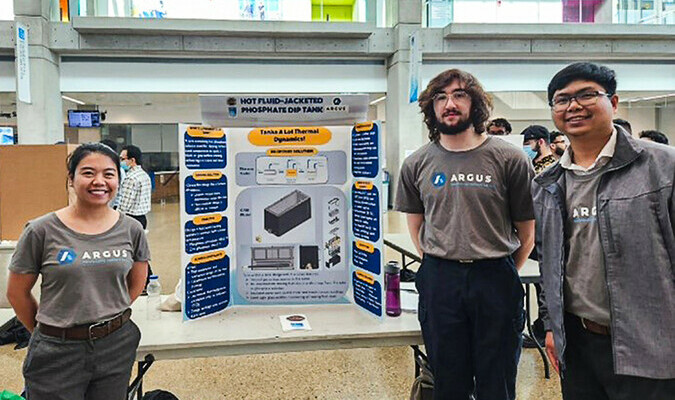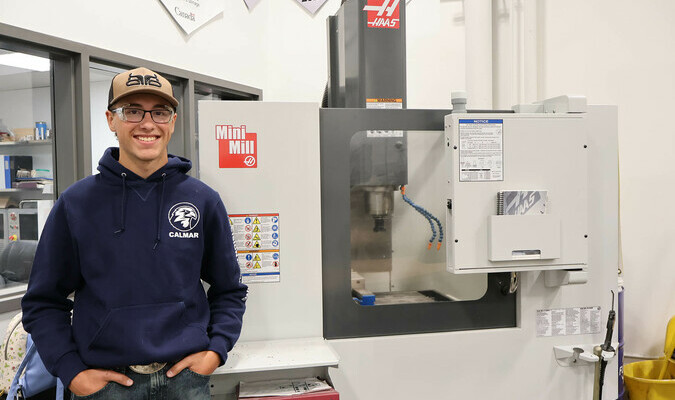
Conventional barrel traps are only ONE system of MANY available to launch and receive pigs.
Conventional Barrel Traps are among the first tools used to launch and receive pipeline pigs, contributing to their well-known association with pigging. While the station has advantages, some limitations can restrict its introduction into many operations. If the barrel trap is not the right fit and you are unaware of the alternative options, you may mistakenly believe your pipeline is "Unpiggable." Pigging programs are essential to a healthy pipeline—maintaining and protecting the infrastructure—so not introducing them can have severe consequences.
Therefore, we thought we would share with you some of the most common ways to launch a pipeline pig (scraper) so you understand your options:
Conventional Barrel Traps: Conventional Barrel Traps launch pigs by inserting the equipment into a horizontal cylindrical pipe or "barrel" and then pressurizing the barrel to push the pig into the mainline.
- Pros: The size allows the introduction of long lines of ILI equipment.
- Cons: Barrels require significant infrastructure that takes up a large footprint, which can lead to many cost and fitting concerns. They also have very high GHG emissions and are extremely dangerous due to the pressurization and alignment of the valve.
Argus Valves/Pig Valves: Argus Pig Valves or Argus Valves are trunnion-mounted, quarter-turn valve concepts that enable the operator to send and receive pigs.
- Pros: It is ideal for operators looking for a more environmentally friendly way to pig. Additionally, the Tool has minimum infrastructure requirements/modifications and is incredibly safe.
- Cons: Argus Valves can use single-module ILI equipment but have limitations for long trains of ILI equipment. Many operators usually overcome these issues by using Argus Valves with barrels, using the valve for general operations, and using the barrel only when running a connected line of ILI.
Multi-Pig Launcher: Multi-Pig Launchers have vertically aligned Pig Valves that store and launch multiple pigs, allowing launches that do not require in-person intervention.
- Pros: These systems are ideal for high-frequency or difficult-to-reach locations. They significantly save operators on operation expenses and emissions. Additionally, because they do not fight gravity, they are very durable.
- Cons: The design is conducive only to pig launching.
Automatic Sphere Launchers: Automatic Sphere Launchers are like barrel traps built for Multi-Pig Launcher applications. They use spherical pigs, and instead of a valve, they use pins and hydraulics to send pigs into the line.
- Pros: They are well-known by operators and suitable for lines requiring less liquid removal or low flow.
- Cons: Due to their many moving parts, sphere launchers are complex and prone to maintenance issues, reducing reliability. Failures and the requirement for consistent maintenance are very costly.
That was a quick look at your options for launching and receiving pipeline pigs. Please don't hesitate to reach out if you have any questions or want more information on this subject. We would be happy to answer any questions you may have. Also, you can check out our pages on Pig Valves and Automatic Multi-Pig Launchers for in-depth details on these designs, specially.
Author: Nicolaas Ainsworth





Leave A Comment